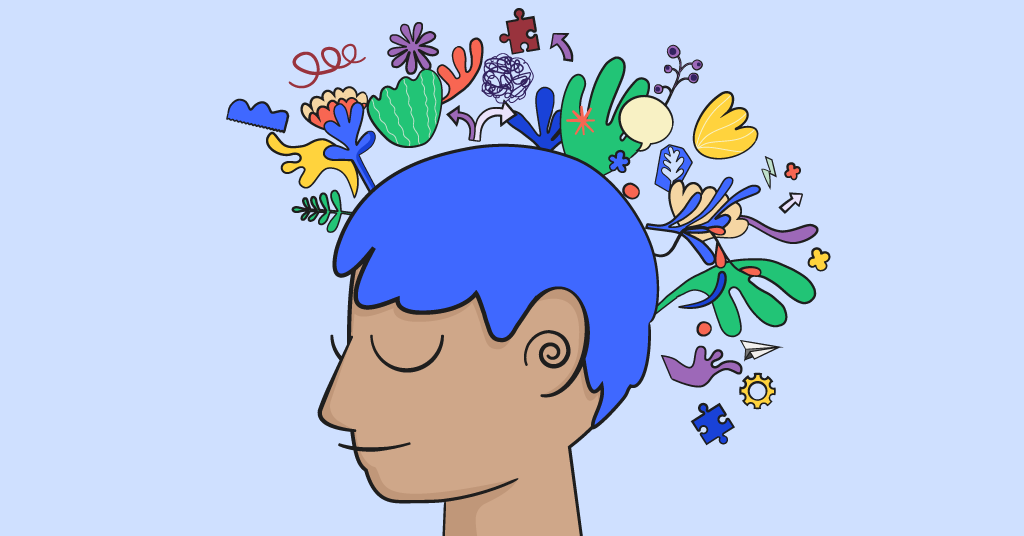
In today’s age of airbrushed influencers and celebrities with perfect bodies crafted by personal trainers, teens may feel pressured to live up to a certain body type. Namely, one that's usually thin and toned. But these unrealistic standards can make it hard for teens to feel good about themselves and their bodies, especially during the teenage years when self-consciousness is usually at an all-time high.
With all the pressure out there, it's crucial for parents to be extra aware of how their teens are feeling about food, eating, and their body image. In this blog post, we're going to talk about some signs that might show your teen is struggling with their eating habits, and how Bark’s monitoring can help you support them if they need help.
The Difference Between Disordered Eating and Eating Disorders
Before we get started, let’s briefly discuss the difference between disordered eating and an eating disorder. An eating disorder is an official diagnosis from a healthcare professional, and the symptoms are generally more numerous and more severe. Eating disorders include anorexia and bulimia, for example.
Disordered eating, on the other hand, is an activity that affects food intake and can lead to discomfort. Not everyone who shows signs of disordered eating will develop an eating disorder, but some do. Disordered eating can look like following a very strict paleo diet or setting up iron-clad rules around calories — but we’ll get into the details next.
Recognizing the Signs of Disordered Eating in Teens
Here are some of the symptoms of disordered eating, according to the Academy of Nutrition and Dietetics.
- Frequent dieting with anxiety associated with specific foods
- Weight changes, either up or down, that happen often
- Rigid rituals and routines around exercise and food
- Feelings of shame and guilt when it comes to eating
- An intense preoccupation with food, weight, and body image that’s ever-present
- Loss of control around food, including compulsive eating habits
- Excessive exercise and food restriction, like fasting or purging
You know your child best, though — if you’ve noticed a change in behavior, eating habits, or weight, talk to them. This website also has more information about disordered eating.
Boys Can Also Be Affected
Despite what some people may assume, boys can also grapple with disordered eating. Teen boys often feel the pressure to fit a certain body type seen in movies and magazines, especially in the age of 6-pack abs and muscled superheroes. Some boys even go to extremes like strict diets or excessive exercise to try and achieve an ideal body, which can harm their physical and mental health. That’s why it’s important for families to create an environment where every child feels comfortable seeking help and accepting their bodies, regardless of societal standards.
How Bark Can Help
In 2023, Bark’s annual report found that signs of disordered eating are more common than you might think, with 9% of tweens and an eye-opening 21% of teens engaging with or encountering content about disordered eating.
Sometimes, though, parents have no idea that their child may be struggling. This is where Bark comes in and can assist. We alert parents to potential body image or eating disorder concerns in a child’s online activities so they can check in and make sure everything is okay.
Bark also monitors for other dangers, too — like bullying, suicidal ideation, online predators, and more. If you want to try Bark risk-free, you can start with our app, which has a free 7-day trial. We also offer the Bark Phone, which comes with our software built-in and a ton of other parental control features like app and contact approvals.
If you or someone you care about is struggling with an eating disorder, call the National Eating Disorders Association hotline at 800-931-2237. You can also text 800-931-2237 or chat with a trained volunteer online. For more information use these helpful resources.
Read more
Bark helps families manage and protect their children’s digital lives.





